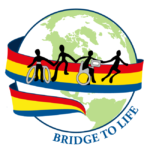Young children with cerebral palsy typically spend much of their day positioned in adaptive equipment such as braces, floor sitters, positioning chairs, standers, wheelchairs or strollers. Although these devices provide therapeutic positioning, they do not allow children to explore their environment or experience the stages of development that depend on hands-free, upright, self-initiated mobility. Mobility for Discovery encourages the use of sensory motor activities and dynamic standing mobility systems for young children with physical disabilities to augment development, learning and interaction gained from accessing, exploring and physically interacting within the environment. Studies on the significance of self-initiated mobility, intervention strategies and ideas, and features of standing mobility systems for multiple environments will be shared through slides and videos.


